5 reasons you're wrong about chorus pedals
Despite its sins in the '80s, we believe the chorus pedal deserves a second chance – here's five reasons why
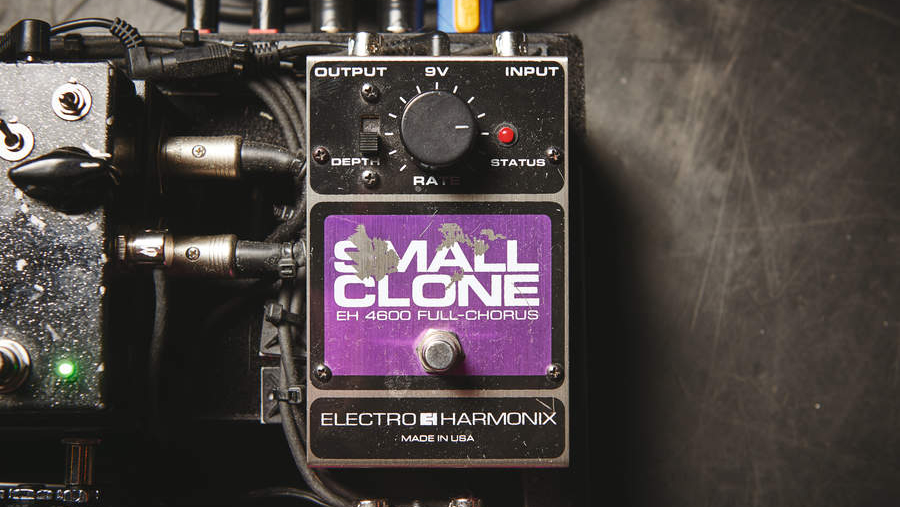
If you were to excavate the ruins of ancient guitar rigs that have been lost to time, you'll undoubtedly unearth a few chorus pedals haphazardly taped to some rather dusty pedalboards. Not so long ago, this wobbly effect was thought of as the cutting edge of stompbox technology, but now many see it as a once-worshipped deity that's long been forgotten by modern civilization.
We'd wager there's an entire cross-section of contemporary players out there that wouldn't be caught dead with a chorus pedal on their 'board, believing this old-fashioned effect should stay firmly where it belongs – in the past. However, we think these players couldn't be more wrong about the chorus pedal.
Granted, in the wrong hands, it has the ability to render every clean part a cheesy '80s throwback, while at more extreme settings can cause seasick-induced nausea. That said, give it to a player who knows what they are doing and it can transform dull and lifeless guitar parts into something brimming with character and charisma, bringing ethereal magic to any guitar tone – and with everyone from John Mayer to Paramore, Theo Katzman and John Frusciante busting out the chorus for modern day bangers, maybe it's time for this humble effect to make a comeback.
Today we count down five reasons we think you're wrong about chorus pedals, giving you suggestions on how to get this once-overused effect to fit into your modern setup – as well as a few of our favorite stomps to consider. So without further ado, let's take a deep dive into the wobbly world of chorus and decide once and for all if this retro effect is an elegant weapon from a more civilized age or if it still has a place in today's digital world.
What is chorus?
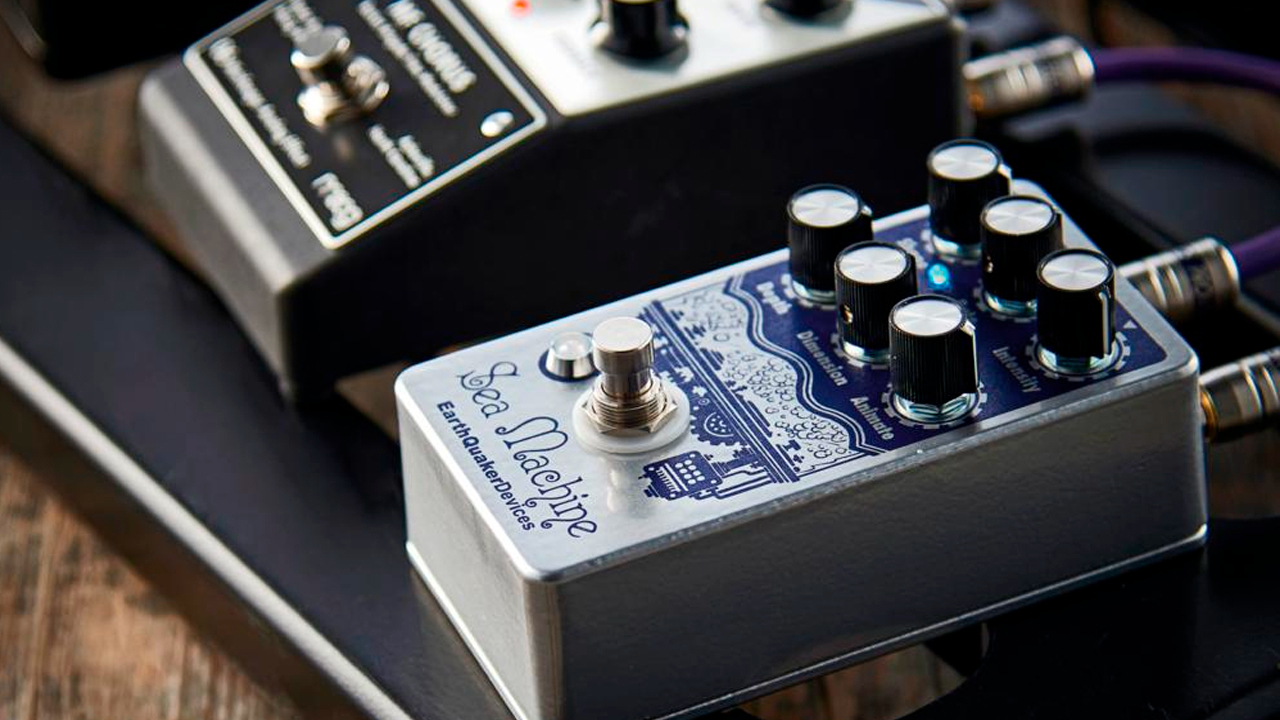
So, before we get into our tips and tricks, let's first discuss how this little box of wonders works. While it may sound like there’s a lot going on inside a chorus pedal, they are actually pretty simple.
The chief goal of the original chorus pedal was to try and mimic the sound of two instruments playing in unison – creating the illusion of a thicker, fuller sound – although the effect has very much become its own thing over time.
The chorus pedal achieves this sound by duplicating your signal and modulating one of the copies – varying the delay time and pitch – before mixing it back with the original signal. This creates the lush, dreamy sound we are all familiar with on classic tracks such as Rush's The Spirit of Radio, Metallica's Welcome Home (Sanitarium) and Run to You by Bryan Adams.
Get The Pick Newsletter
All the latest guitar news, interviews, lessons, reviews, deals and more, direct to your inbox!
Why is chorus so divisive?
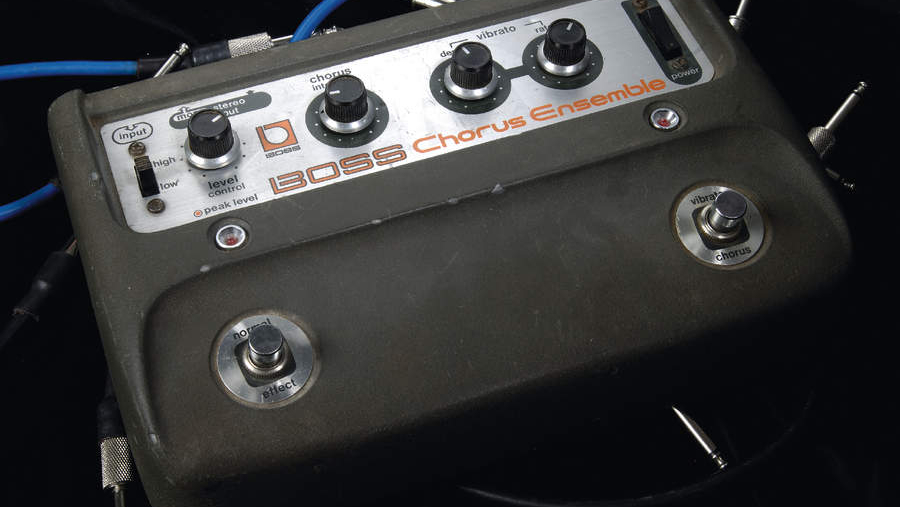
Chorus can trace its origins all the way back to the '30s and its use in Hammond organs, but it would graduate to the guitar soon after.
While it wasn't in pedal form yet, some version of a chorusing effect could be heard on guitar tracks throughout the '50s and '60s – along with its fellow modulation cousins phaser, tremolo and vibrato. Once Boss introduced chorus into its compact pedal line in 1976, the effect took off and was adopted by many, many guitarists – and here lies the problem for most modern players.
Chorus was everywhere in the '80s, and we really mean everywhere. From run-of-the-mill pop and rock to new wave, goth and alternative, so many guitar tracks were smothered in chorus – whether it needed it or not – and well, too much of a good thing, can sour people's opinions.
Once bands of the late '90s and early naughties started to ditch the over-produced glossy production of the last two decades, they would seek out a rawer guitar sound with minimal effects – meaning the lonely chorus pedal would fall by the wayside. That said, over the last few years, we have seen chorus make a comeback, with John Mayer using the nostalgic properties of this dreamy effect to evoke the sounds of the past.
5 reasons you're wrong about chorus pedals
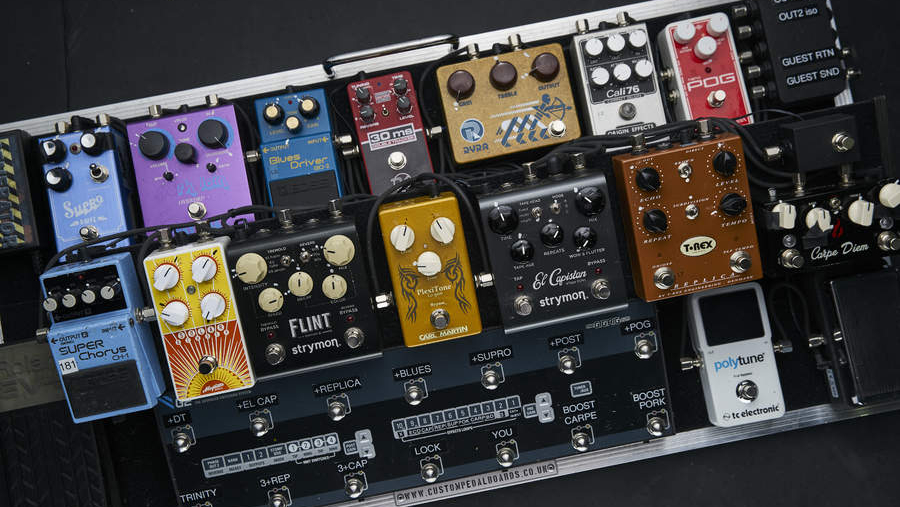
1. Chorus can be subtle
Okay, we'll be the first to admit that chorus was overused in the '80s and early '90s. This effect was on every clean part, in every song on the radio, but that doesn't mean you should shy away from the stompbox essential now.
It seems the majority of guitarists just turn the depth control all the way up, thinking they are achieving tonal nirvana when in reality, the sound is so overbearing that it's likely to cause motion sickness.
So, with that said, we suggest taking a more subtle approach to chorus. Keeping the rate and depth down low can actually be enough to add the body and sense of movement chorus is known for, without the need to issue a health warning to your audience. Likewise, increasing the depth, but keeping the rate all the way to the left, can result in a suitably subtle sound that will work for almost any genre.
2. Chorus sounds great on overdriven tones
With chorus rearing its wobbly head every time a guitarist wants to ditch the distortion and play with a more pristine tone, many are left thinking that this pedalboard classic has no place in gain-heavy rigs, but we wholeheartedly disagree.
Whether you have a crunched-up blues sound or an earth-shaking metal tone, a chorus can be used to take your guitar sound to a whole new level. Everyone from blues rock aficionado Joe Bonamassa to Children of Bodom's Wildchild Alexi Laiho and even Ozzy's shredder-in-chief Zakk Wylde have been known to engage in some overdriven chorus action, and well, the results speak for themselves.
So if you've never tried stomping down on the chorus pedal mid riff, then we implore you to give it ago. Although we will warn you, things can get pretty chaotic very quickly, so you'll want to start off with a fairly modest setting!
3. Chorus can add movement to solos
Sticking with chorus as an overdriven tonal enhancer, we have to declare our love of adding this celestial effect to a face-melting solo or lead work. Much like its sister effect phaser, a chorus pedal is ideal for adding some much-needed drama to certain parts of a solo.
Take it from us, it feels pretty great to triumphantly stomp on a chorus pedal just as the solo takes off into a flurry of quick pentatonic licks. This adds a sense of controlled chaos to the solo, which can really bring the part to life. Mike McCready achieves a similar effect in the Pearl Jam mega-hit Alive, albeit with a Uni-Vibe and not a chorus pedal.
However, this technique isn't just reserved for virtuoso displays of guitar noodling, it also works a treat on punk-style octave lead lines, as heard on many California pop-punk classics.
So, if you're looking to add some additional movement to your lead breaks, then this is a chorus trick you need to try.
4. Where you place chorus in your signal chain really matters
One of the fastest ways to completely change up your guitar sound is to play around with the order in which you hook up all of your effects pedals. Simply switching two pedals around can have a drastic effect on how the pedal tonally behaves – and maybe the reason you don't like chorus is actually because you have it in the 'wrong' place.
The most common placement for chorus – along with other modulation pedals – is after the overdrive and distortion pedals but before the time-based effects such as delay pedals and reverbs. Now, while this may sound the best for most players, it may not be the sound you are seeking.
We implore you to experiment and have fun. Try your chorus before the overdrive for a more intense swirling effect or after your delay pedals to add some additional color to the repeats. Our advice would be to go nuts. There are no rules, so find a placement that works with your setup.
Need more guidance? Well, let us walk you through the process of how to arrange your pedalboard.
5. Chorus isn't just for guitar players
Despite what numerous players believe, chorus isn't just reserved for guitarists. This effect can make a bass part sound fuller, wider and more dynamic and has been favored by everyone from Rush frontman and bass player extraordinaire Geddy Lee to pop-punk powerhouse Mark Hoppus, as well as other bass greats such as Sting and Chris Novoselic.
But the chorus fun doesn't stop with stringed instruments. This dreamy effect works wonders on keyboard parts – in particular, Fender Rhodes sounds – as well as vocals and drums. So if you've been too shy to try chorus out on other instruments, now might be a great time to give it a go. Remember, just because you don't like the sound of chorus on an electric guitar doesn't mean you won't like what it does to other instruments!
Our favorite chorus pedals
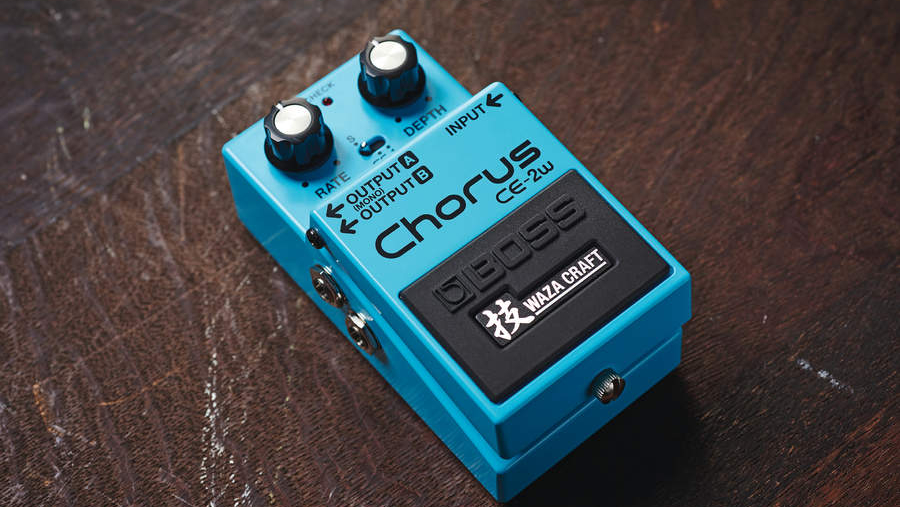
So hopefully, by now we've got you back onboard with the swirling magic of chorus, and you want to add the stompbox staple to your 'board. Well, in that case, here are a few of our favorite options.
If we could only recommend one chorus pedal, it would have to be a Boss unit, and in particular, the legendary Boss CE-5. This pedal has appeared on countless records and is easily one of the most recognizable sounds in the world. Better yet, Boss now offers a premium option in the form of the CE-2W, which in addition to including the thick, lush shimmer of the original compact pedal, also allows users to switch to the CE-1 mode for more tonal options, including vibrato.
Another chorus heavyweight is the iconic Electro-Harmonix Small Clone, which gained its legendary status by appearing on Nirvana's timeless classic, Come As You Are. This pedal is simple to use, surprisingly affordable and a must-have stomp for chorus newbies.
For those that want to test out chorus with their rig but don't want to give up precious pedalboard real estate, the Ibanez Mini Chorus is the pedal for you. Delivering every type of chorus sound possible, from a slight amount of movement to extreme jet plane sounds, this miniature pedal packs a lot into a tiny enclosure.
Looking to expand your pedalboard? Our expert buyer's guides are here to help
- Need more dirt? These are the best fuzz pedals for your ‘board
- Check out the best Tube Screamer clones
- Expand your playing style with the best Boss pedals
- Go solo with one of the best looper pedals
- Tidy up your 'board with the best patch cables you can buy
- Get your 'board in order with the best pedalboard power supplies
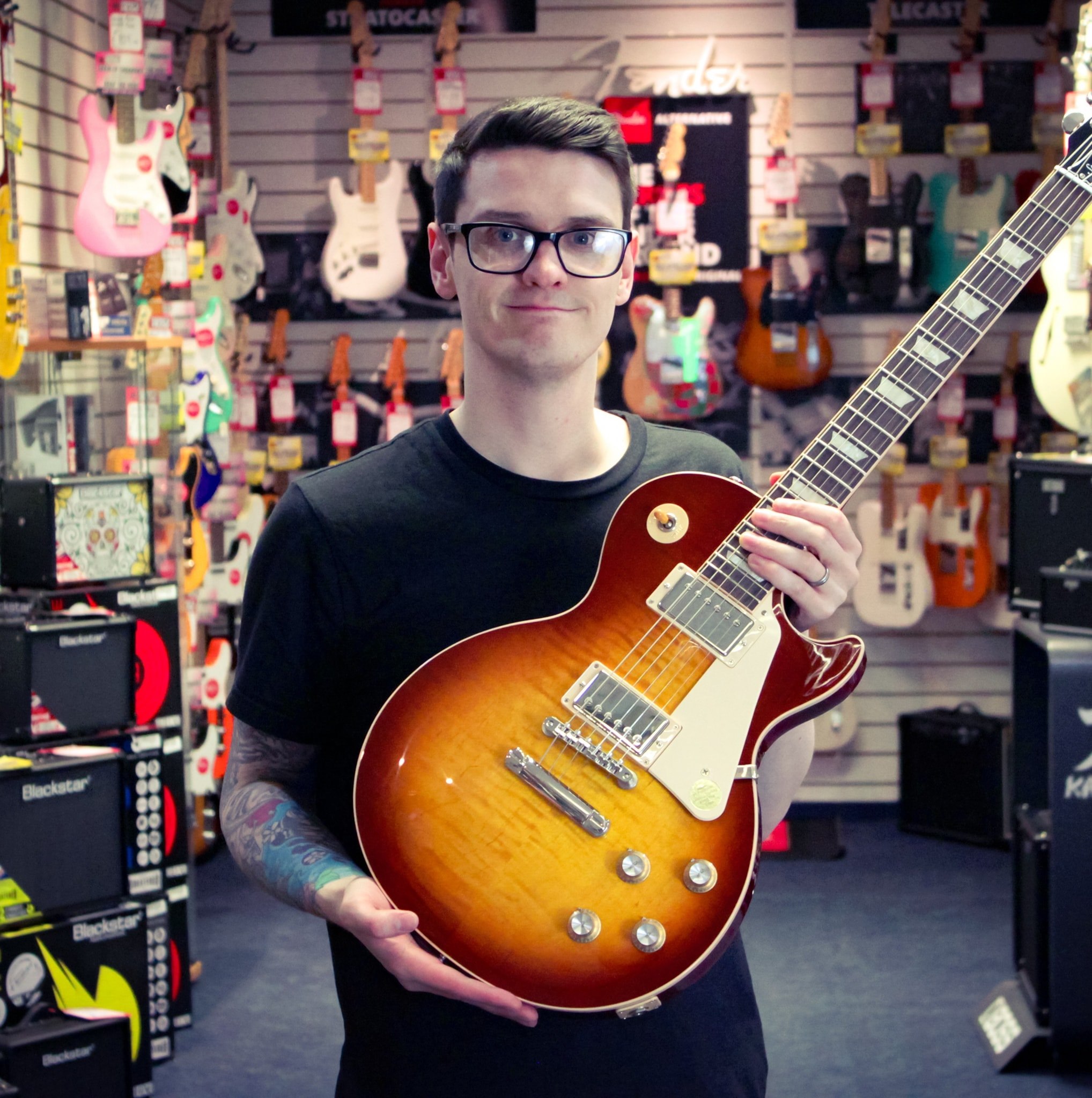
Daryl is a Senior Deals Writer at Guitar World, where he creates and maintains our 200+ buyer's guides, finds the best deals on guitar products, and tests the latest gear. His reviews have been featured in prominent publications like Total Guitar, Future Music magazine, and MusicRadar.com.
During his career, he has been lucky enough to talk to many of his musical heroes, having interviewed Slash and members of Sum 41, Foo Fighters, The Offspring, Feeder, Thrice, and more. In a past life, Daryl worked in music retail. For a little under a decade, he advised everyone from absolute beginners to seasoned pros on the right gear for their needs.
Daryl is also a fully qualified sound engineer, holding a first-class Bachelor's degree in Creative Sound Production from the University of Abertay.







![John Mayer and Bob Weir [left] of Dead & Company photographed against a grey background. Mayer wears a blue overshirt and has his signature Silver Sky on his shoulder. Weir wears grey and a bolo tie.](https://cdn.mos.cms.futurecdn.net/C6niSAybzVCHoYcpJ8ZZgE.jpg)

![A black-and-white action shot of Sergeant Thunderhoof perform live: [from left] Mark Sayer, Dan Flitcroft, Jim Camp and Josh Gallop](https://cdn.mos.cms.futurecdn.net/am3UhJbsxAE239XRRZ8zC8.jpg)
